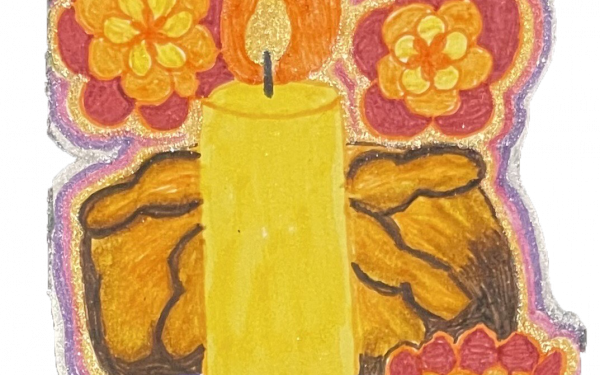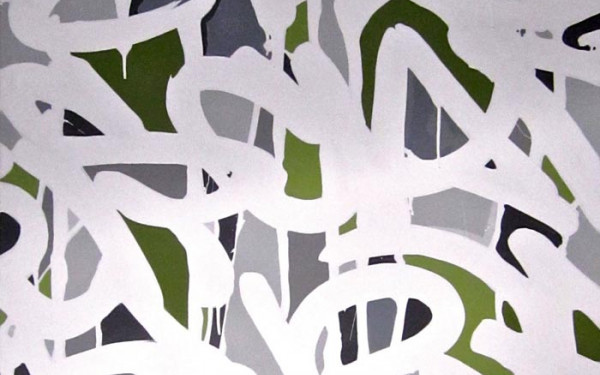Art in Danger
Graffiti Culture Haunted by Death of Three Teens
Graffiti had nothing to do with the deaths of Mitchel Bracken-Guenet, Dylan Ford and Ricardo Conesa, but that’s not what the media and Montreal police say.
The facts known were simple: three teens died along the train tracks under the Turcot interchange last September. The media and police would not stop repeating that the youths died because of graffiti—an understanding that had little support from evidence.
The police only confirmed that cans of spray paint were found at the scene of the accident. This was the basis for saying that the teens were there for ‘unlawful’ reasons.
“One thing you are always sure to find along tracks running through the city is empty cans,” said local artist Res, who frequently walks the tracks to look at new art displayed across the various walls. “You find some burner with a hot pink fill and a can of the exact hot pink color somewhere on the ground nearby.”
When asked, police responded that they did not know if paint cans were near the track prior to the accident. They did confirm that spray paint cans were visible in the trunk of the car that the teens drove to the location.
“You need a surface to paint,” said graffiti expert, and founder of Under Pressure, Sterling Downey. “When train tracks are laid near walls or buildings, the companies take wind and sway into account. There is always a safety zone between the walls and the tracks, you can’t just stand on a train track and write graffiti. […] How can you write if your paint’s in the car? They couldn’t have been painting when they got hit.”
The Via Rail train that hit the three teens was three hours late arriving in Montreal due to an accident involving a GO Transit train fatally striking a 49-year-old man near Toronto.
“No one seemed to question that accident,” said Downey. “But because two of the kids were known as graffiti artists they were bastardized by the media.”
“It was really sad to see how much the media used the term ‘graffiti artist’ as a derogatory identifier to vilify them rather than mourn the tragic event,” said Res. “It was as though the message was ‘they could have been good kids, but the graffiti took them, is this happening to your kids right now?’”
“Graffiti has always been an easy target for the media for its subcultureness and its tendency toward illegality,” said subculture analyst and writer Karyn Grey. “It’s a shame that the accidental deaths of these men have become yet another bullet-point in the case against it.”
With the case closed by the police and Via Rail refusing to investigate the accident, no answers are likely to surface on the real issue of what could have been done to prevent this tragedy.
“The fact of the matter is that this was a terrible and devastating accident,” said Grey. “Accidents happen, no matter how careful we are. Graffiti had little to do with this, and for people to declare that that was the cause accomplishes nothing except to sour the memory of these men, contribute to the misunderstanding of graffiti culture and turn what should have been a time of mourning and remembrance into a basis for debate and controversy.”
The only guilty parties in this case were those who vandalized the names of the deceased in order to tell the story. If logic and fair media had prevailed, maybe the friends and families of the teens would be allotted more closure, and the true story could be known.
This article originally appeared in Volume 31, Issue 19, published January 18, 2011.

6__900_598_90.jpg)
__900_598_90.jpg)
3__900_598_90.jpg)
2__700_1054_90.jpg)
4__700_1054_90.jpg)
5__900_598_90.jpg)
8__900_598_90.jpg)
9__700_1054_90.jpg)
10__900_598_90.jpg)



_600_375_90_s_c1.jpg)